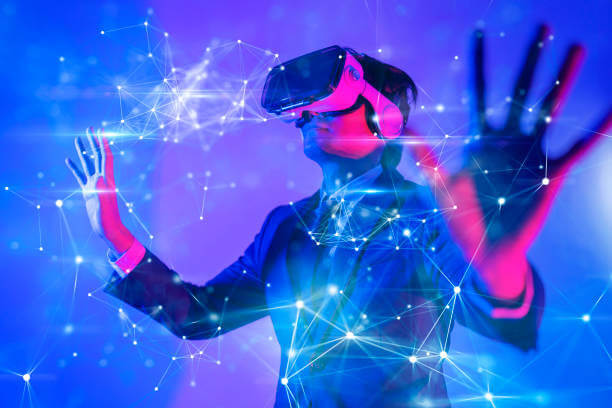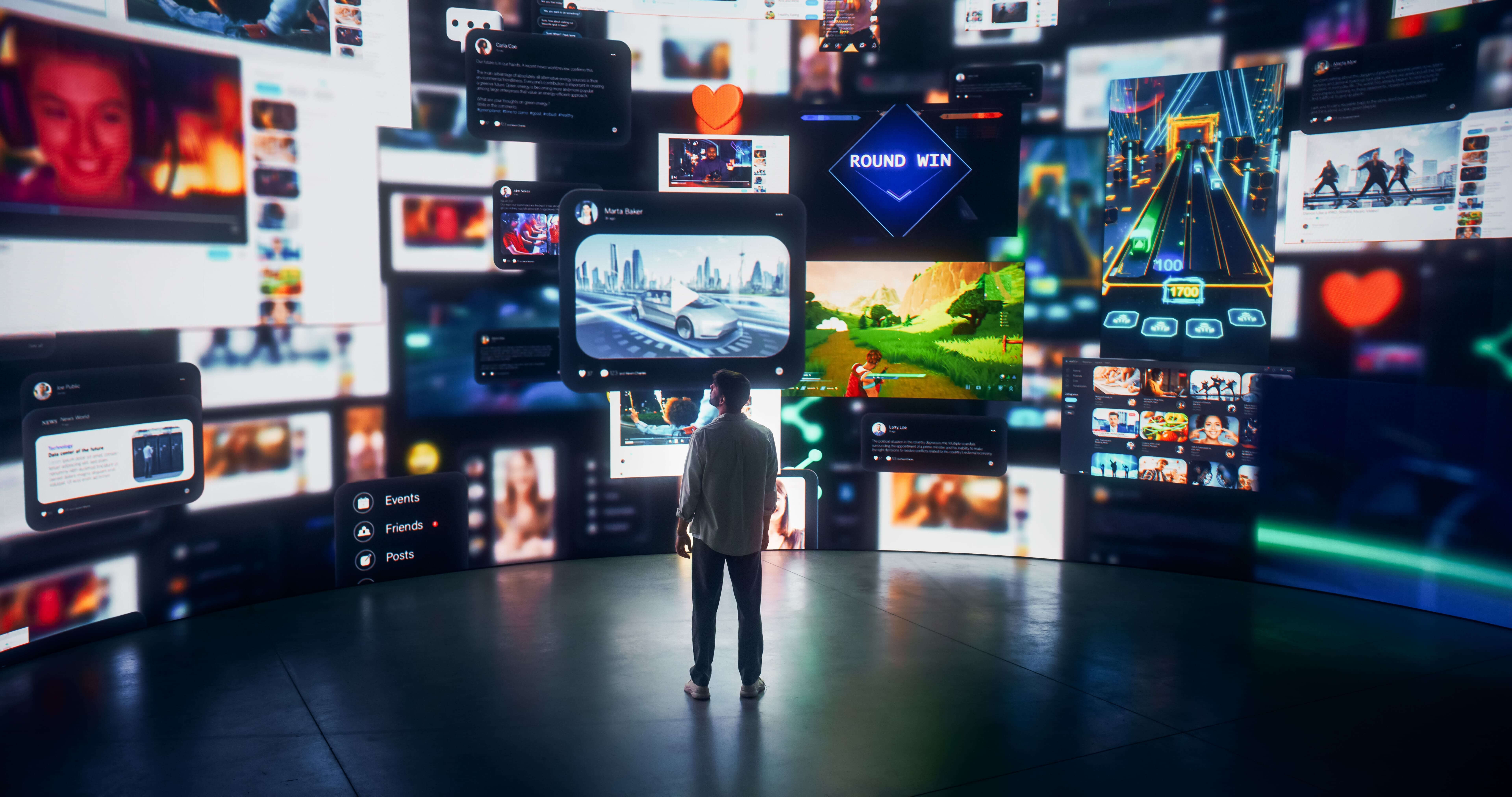In the dynamic world of retail and e-commerce, businesses are constantly seeking innovative ways to enhance customer experiences and boost sales. Augmented Reality has emerged as a game-changer, offering a plethora of benefits that go beyond traditional methods. In this blog, we'll explore the transformative impact of AR technology on increasing sales and customer satisfaction.
Enhanced Product Visualization:
Augmented Reality enables customers to visualize products in a real-world context before making a purchase. Through AR applications, shoppers can see how furniture fits into their living spaces or how a pair of shoes complements their outfit. This immersive experience reduces uncertainty and increases confidence, leading to higher conversion rates.
Interactive Try-Before-You-Buy Experiences:
AR allows customers to virtually try products before committing to a purchase. Whether it's trying on clothes, testing makeup shades, or experiencing home decor placements, interactive AR experiences provide a unique and engaging way for customers to assess products' suitability, resulting in more informed buying decisions.
Personalized Shopping Experiences:
AR technology enables retailers to personalize the shopping journey. By analyzing customer preferences and behaviors, businesses can offer tailored AR experiences, suggesting products that align with individual tastes. This personalized touch not only enhances customer satisfaction but also increases the likelihood of upselling and cross-selling.
Reduced Product Returns:
One of the significant challenges in e-commerce is dealing with product returns. AR helps address this issue by minimizing uncertainties about product specifications and appearance. Customers are more likely to be satisfied with their purchases when they have a realistic expectation of what to expect, ultimately leading to a reduction in return rates.
Virtual Shopping Assistance:
AR-powered virtual assistants guide customers through the shopping process, providing real-time information and recommendations. This interactive assistance fosters a sense of engagement and support, contributing to a positive shopping experience. Customers feel empowered with the information they need, which enhances their satisfaction and confidence in their choices.
Brand Engagement and Loyalty:
Incorporating AR into marketing campaigns and loyalty programs increases brand engagement. Interactive AR elements, such as gamified experiences or exclusive content, captivate customers and foster a deeper connection with the brand. This heightened engagement often translates into increased customer loyalty and repeat business.
Showcasing Product Features:
AR allows businesses to showcase product features in a more compelling manner. Whether it's highlighting technical specifications, demonstrating functionalities, or providing virtual tutorials, AR provides an effective means of conveying information. This transparency builds trust and positively influences purchasing decisions.
Conclusion:
As technology continues to evolve, the integration of Augmented Reality into the retail landscape is proving to be a win-win for both businesses and customers. By offering immersive experiences, personalized interactions, and addressing common pain points like product visualization and returns, AR has become a powerful tool for increasing sales and elevating customer satisfaction to new heights. As businesses embrace the possibilities of AR, they position themselves at the forefront of a transformative shift in the way we shop and experience products in the digital age.




